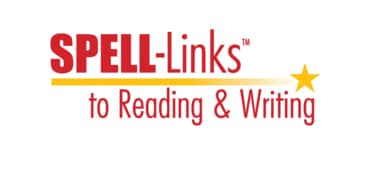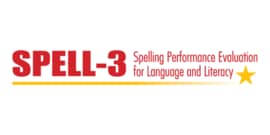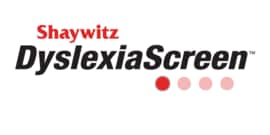|
Audience: This session is targeted to K-12 educators, language and literacy specialists, and administrators.
Course description: This 6.5-hour session is designed for SPELL-Links users to gain foundational knowledge and skills to lay the groundwork for successful implementation of SPELL-Links. Participants will have access to this course for one year, and it includes four parts:
- Part 1 – The Language of Reading & Spelling: Overview of Current Best Practices
- Part 2 – The Language of Reading & Spelling: Phonology
- Part 3 – The Language of Reading & Spelling: Orthography
- Part 4 – The Language of Reading & Spelling: Morphology
Learning objectives: After attending this session, participants will be able to:
Part 1
- Define word study and describe the dynamic, interactive relations of word-level reading and spelling within The Language Literacy Network of skilled reading and writing.
- Describe Lexical Quality Hypothesis and Triple Word Form Theory and their implications for teaching reading and spelling.
- Define and differentiate between phonological processing, phonological representations, and phonological awareness; between orthographic processing, orthographic representation, and orthographic pattern awareness; and between semantic processing, semantic representations, and semantic awareness.
- Explain how reading and writing automaticity and fluency is achieved and identify instructional practices that promote automaticity and fluency.
- Explain how the human brain, wired for oral language, must be re-wired for written language.
- Describe how behavioral and brain-imaging research has changed our understanding of best practices for teaching literacy.
- Compare and contrast speech-to-print and print-to-speech methods of teaching word-level reading and spelling and explain the advantages of speech-to-print methods over print-to-speech methods.
- Compare and contrast multi-linguistic and stage model approaches of teaching wordlevel reading and spelling and explain the advantages of a multi-linguistic approach over a developmental/stage model approach.
- Define and describe a meta-linguistic approach to word-level reading and spelling and give specific examples of how meta-linguistic skills support learning to read and write and independent reading and spelling of unfamiliar words.
- Define statistical learning and describe the role it plays in learning to speak, listen, read, and write
Part 2
- Define and explain the differences between phones, allophones, phonemes, phonics, phonetics, phonological representations, phonological processing, phonological awareness, and phonemic awareness; explain the role of each in the development of reading and spelling.
- Differentiate between the knowledge teachers of reading and spelling need to have to be effective instructors vs. what needs to be taught to students.
- Describe the process and development of categorical perception of speech sounds; explain the implications of atypical categorical perception in students with dyslexia; explain why ELL students struggle with discrimination of English phonemes and consequently struggle with learning to read and write in English.
- Analyze and correctly describe the phonological structures of English words: phonemes, syllables, onset-rhymes, lexical stress.
- Identify which PA skills are needed for learning to read and spell and explain reasons for and for not teaching PA skills in isolation.
- Describe how to correctly model and teach the segmenting and blending phonemes and syllables in English words.
- Describe at least two activities for the development of phonological awareness skills
Part 3
- Define sub-lexical and lexical orthographic knowledge and give an example of each.
- Explain the role of implicit learning in the abstraction of statistical regularities and constraints of the orthography of a language.
- Distinguish between “sight word” and “irregularly spelled” word.
- Define MOI/MGR/MOR, describe how robust MOIs/MGRs/MORs develop, and explain the importance of robust MOIs/MGRs/MORs in reading and spelling.
- Explain the basic tenets of Ehri’s amalgamation hypothesis, Share’s self-teaching hypothesis, and more recent multi-linguistic theories supported by the research of Trieman, Apel & Masterson, and others; explain how each model impacts the way we teach our students.
- Explain why three common teaching practices—guessing a word from context when reading, writing spelling words multiple times, and flash card drills for sight words—may limit or interfere with students’ acquisition and development of orthographic knowledge.
Part 4
- Define morphological awareness and give examples of varying ways students can demonstrate their skills with this metalinguistic skill.
- Explain the role of morphological awareness in students’ developing reading and spelling skills.
- Distinguish between inflectional and derivational morphemes and how each might contribute to students’ developing morphological awareness.
- Explain the basic tenets of stage and repertoire theories and how research supports the repertoire theory when discussing the development of morphological awareness.
- Explain methods for assessing and instructing morphological awareness for students as well as factors that may influence students’ performance on morphological awareness assessment and instructional/intervention tasks.
| |




